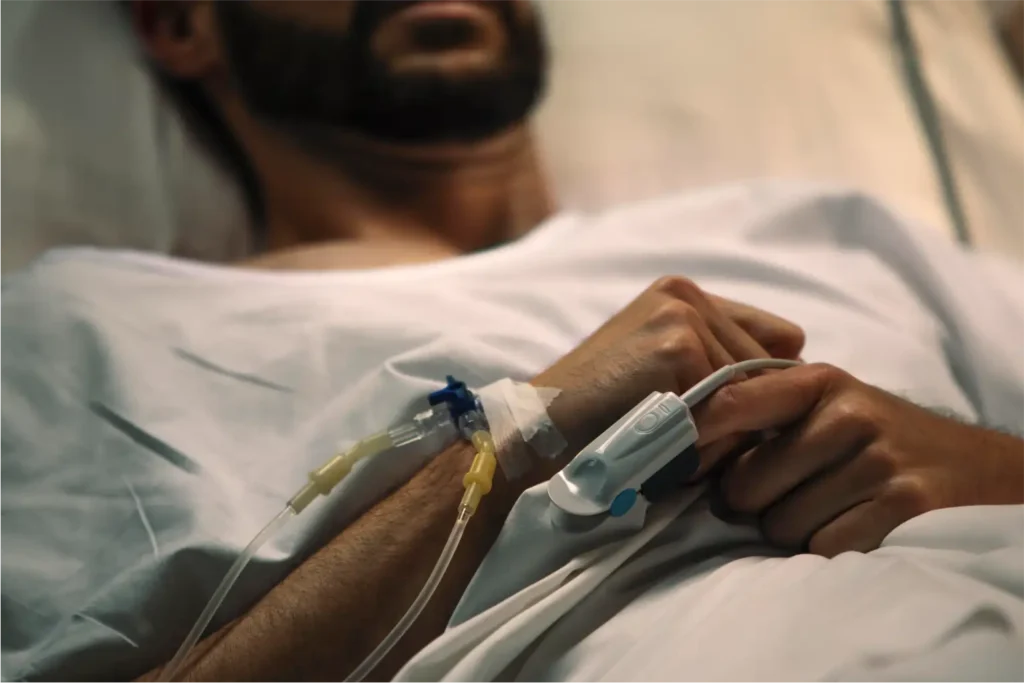
Catheter infections in India: A new study from the All India Institute of Medical Sciences (AIIMS), New Delhi, found that patients in India’s intensive care units face a significant risk of bloodstream infections from catheters, many of which are resistant to antibiotics.
Published in The Lancet Global Health, the study estimates that ICUs in Indian hospitals report around nine central line-associated bloodstream infection (CLABSI) cases for every 1,000 catheter days. CLABSIs are preventable infections that occur when a central line catheter in a patient’s large vein becomes contaminated, yet they remain a major source of illness and death in low- and middle-income countries.
Also Read | India makes global medical history with discovery of new blood group ‘CRIB’
Between 2017 and 2024, researchers tracked over 200 ICUs across 54 hospitals and recorded more than 8,600 confirmed CLABSI cases. The infection rate spiked during 2020–21, in the middle of the COVID-19 pandemic, likely because of overwhelmed ICUs, a shortage of trained staff, and compromised infection-control practices.
Experts warned that antibiotic resistance in CLABSI cases can prolong hospital stays and increase treatment costs.
The authors of the study say that better tracking of hospital-acquired infections like CLABSI could help India build targeted prevention strategies. But they also note that setting up surveillance systems requires resources that many hospitals still lack.
Calling it the first large-scale observational study of its kind in India, the team said the findings should act as a wake-up call for quality improvement measures and stricter infection-prevention protocols in ICUs across the country.
(Source: The Lancet Global Health)








